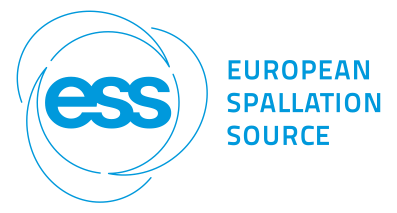Speaker
Dr
Mikhail Kostin
(Facility for Rare Isotope Beams)
Description
The Facility for Rare Isotope Beams (FRIB) project is under construction at Michigan State University. 400 kW beam operations with heavy ions ranging from oxygen to uranium will create a high radiation environment for many components, particularly for the beam line elements located in the Target Hall, where approximately 100 kW of beam power are lost in the target and another 300 kW are dissipated in the beam dump.
Detailed studies of the component activation, their remote handling, as well as storage and transport, have been performed to ensure safe operation levels in this environment. Levels of activation are calculated for the beam line components within the FRIB Target Hall. During the beam-off periods, the most activated components, such as target module, beam dump, and magnets, need to be safely handled, stored for cooling, and eventually disposed in a safe manner. Various techniques and approaches of dealing with highly activated elements are presented and discussed.
This material is based on work supported by the U.S. Department of Energy Office of Science under Cooperative Agreement DE-SC0000661, the State of Michigan and Michigan State University. Michigan State University designs and establishes FRIB as a DOE Office of Science National User Facility in support of the mission of the Office of Nuclear Physics.
Author
Dr
Dali Georgobiani
(Facility for Rare Isotope Beams, Michigan State University)
Co-authors
Prof.
Georg Bollen
(Facility for Rare Isotope Beams, Michigan State University)
Dr
Mikhail Kostin
(Facility for Rare Isotope Beams)
Dr
Reginald Ronningen
(Facility for Rare Isotope Beams, Michigan State University)
Mr
Richard Bennett
(Facility for Rare Isotope Beams, Michigan State University)
